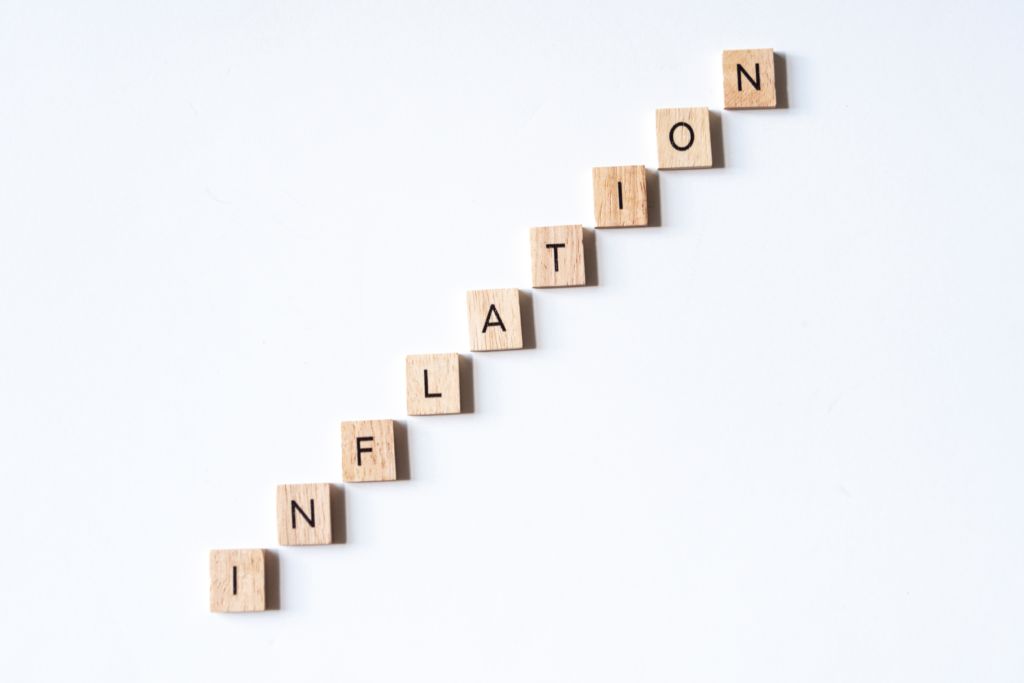![]()

India has seen both times of high and low inflation since its independence. Inflation as you’ll find, shares a symbiotic relationship to many things in the economy. It’s highly sensitive to events like war, famine, natural disasters, and trade with other countries. In this blog we’ll cover India’s history of inflation from its independence in 1947 to today, and what we can expect going into the future.
Inflation Post-Independence
From 1947 to the early 1960s inflation maintained a healthy rate, averaging at less than 2 percent. Between 1953 and 1954 prices actually plummeted due to the growth of the agricultural sector. The economics of British Imperialism is very closely tied with the changes India’s inflation rate experienced during its first decade as a sovereign nation. One of the most major changes was the return of land and this gave way to a period of growth and stable prices.
The  1960s -1980s
1960s -1980s
The record of India’s all-time highest consumer inflation rates was a direct outgrowth of the events that took place in the 1960s. There were two major events. The first was the war with China in 1962 followed by the war with Pakistan in 1965. Both of these wars drained India heavily of resources. The second event was the twin droughts of 1965 and 1966. This led to famine and severe food shortages. It was around this time that food prices almost doubled.
Although India was facing war on one front and famine on the other, the increased investment into local business and Industries helped see India out of potential hyperinflation. This was supported by bumper crop and Green Revolution initiatives by the government which also helped drop food prices again.
1980s – 2000s
By the 1980s the Indian government had set a series of expansionary fiscal policies into motion, raising the taxes to support India’s accelerating post-colonial, post-war, and post-drought growth. They printed more currency notes to bridge the gap between revenue and spending. Though this led to a rise in prices, average GDP also followed. It was a time of steady inflation.
But in 1991, India experienced a severe economic crisis as an adverse effect of the deficit correction policies the government implemented in the 80s. Inflation reached a rate of 13.9%.
The 2000s – Today
India saw a large inflow of foreign investment during the 90s and though it caused monetary inflation, by the 2000s it also rapidly developed India, turning it into an industrial superpower. The economic crisis of 2008 was similar to the one from the 90s and again the government had to introduce fiscal packages to help prices cool down.
What To Expect Going Forward? Is Equity Investment The Answer?
At the moment India’s inflation rate is 4.89%. It’s very difficult to speculate what direction India’s headed in as far as inflation goes. Especially once you consider Pandemic and the onslaught of changes it has brought to the way people live. But equity has a way of staying ahead of inflation. By investing in companies that follow the most current market trend you can grow your wealth at a faster pace than inflation. Get in touch with us to build the perfect investment portfolio that can beat inflation and ensure financial stability.
